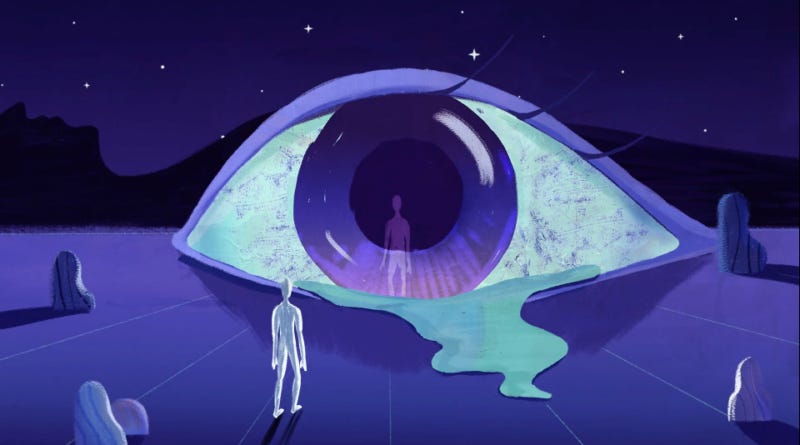Dream Technology
We have had a lack of the proper tech to take advantage of during those nighttime hours. Now MIT's new dream-hacking device, named Dormio, may be able to help change dream time.
[Please note that this page contains affiliate links. If you choose to purchase after clicking a link, I may receive a commission at no extra cost to you.]
New dream technology is currently being worked on that can hack your dreams. Although this new tech is not yet ready for consumer use, MIT's Media Lab researchers suggest that one day soon, they could help us better understand dreams and why we dream.
The thought that dreams are most likely connected to our mental health and memories is nothing new. However, MIT's Media Lab enhances dream research by investigating how we can hack into our dreams to improve overall well-being.
Whether it is anxiety, depression, creativity challenges, memory issues, or perhaps you have an upcoming exam, "there are several things people can do at night that are fundamentally important," says Adam Horowitz. He is a Media Lab dream technology researcher.
Dream Technology
We have had a lack of the proper tech to take advantage of during those nighttime hours. Now MIT's new dream-hacking device, named Dormio, may be able to help change dream time.
Dormio is a glove designed to help alter dreams by extending and manipulating that semi-conscious, float state right before you fall asleep. The scientific name for this is called "hypnagogia."
Hypnagogia is the first phase of sleep, and it is like REM sleep except with one massive difference: you can still hear what is going on around you.
How Does Dormio Work?
Dormio works by tracking the sleep cycle. It then will deliver audio cues during the hypnagogia phase to help guide the users' dreams toward a particular theme (in one of the experiments, "tree" was the signal).
If the user starts to go into a deeper sleep, Dormio will get them to say what they are currently dreaming about. At that time, the answers are recorded.
This is not intended to wake the person up; the purpose is to keep them in a hypnagogia state for an extended period.
Results of the Sleep Study
A new dream technology study discovered that when Dormio frequently prompted participants to think "tree," 67% of people's dreams had to do with trees. Similarly, the volunteers who didn't get the regular prompts recorded tree-related dreams 3% of the time.
Keep reading with a 7-day free trial
Subscribe to Mind Debris Magazine to keep reading this post and get 7 days of free access to the full post archives.




